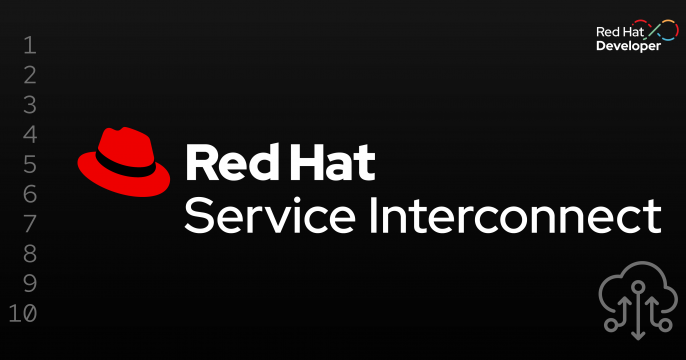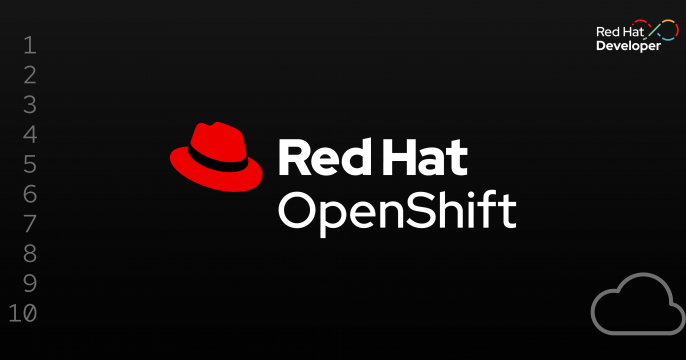Serverless Integration with Camel K
Lightweight, cloud-native integration platform for serverless.
Important
Red Hat has shifted its Camel support to a new cloud-native approach, focusing on Camel JBang and Kaoto as primary development tools. While the Camel K project continues within Apache Camel community, it is no longer actively supported by Red Hat.
Please refer to our new learning guide: "Camel - Prototype and Deploy on Red Hat OpenShift" in the Getting Started section.
Learn more about the Red Hat build of Apache Camel on developers.redhat.com.
What is Camel K?
Event-driven serverless applications really rock these days. Knative and Kubernetes offer nice primitives for creating them, but if you've ever tried going beyond the "Hello World" example, you know that writing real-life applications is much harder than expected. The more your application is deconstructed into smaller pieces, the more you need better communication patterns for managing all the inherent complexity.
Here comes Camel K, a lightweight integration tool created specifically to address these issues. Camel K allows you to declaratively orchestrate events in a serverless environment using beautiful language. It’s based on Apache Camel, the most powerful open source integration framework, and it leverages Knative to deliver integration patterns in a serverless way, allowing you to effectively create real-life serverless applications. We will show how Camel K works under the hood and, with coding examples, we’ll also demonstrate how Camel K makes it easy to connect (almost) anything using integration patterns and the 300+ components that Apache Camel provides." (DevNation Tech Talk).
Camel K framework for developers
Apache Camel K is a lightweight cloud-integration platform that runs natively on Kubernetes. Based on the famous Apache Camel, Camel K is designed and optimized for serverless and microservices architectures. The platform declaratively orchestrates events in a serverless cloud.
With 300+ connectors and built-in integration patterns now available, developers can connect to almost anything in a flexible, scalable way.

Learn and understand integration

Dive into the Q1’25 edition of Camel integration quarterly digest, covering...

Red Hat Service Interconnect v2 is a substantial redesign driven by four...

Explore simplifying microservices management and next-gen features with...
System-to-system integration
Are you building a complex system? Do you need a proven integration framework to bring it all together seamlessly? Do you want to make integration easier and more accessible to developers? Apache Camel has fundamentally changed the way enterprise Java™ developers think about system-to-system integration. Start learning about Camel in this ebook, which includes excerpts from the book Camel in Action by Claus Ibsen and Jonathan Anstey (Red Hat engineers who are core developers of Apache Camel). Isben and Anstey distill their extensive experience and practical insights to help you can tackle integration tasks with more success.
Read this ebook to learn:
- What Camel is and how to use it.
- Best practices for creating Apache Camel applications that perform useful tasks.
- To use Apache Camel to route messages from a variety of transports and APIs.
- How to build and deploy lightweight integration applications as microservices.
- How to transform data with Camel.
- How to find and download a Camel distribution and run examples from the book’s source code.

Opinions about serverless and cloud-native integration


Serverless logic in Red Hat OpenShift enables developers to use workflows for...

Simplify application development for microservices and functions with...

Explore this year's most popular articles on Kafka data storage and...

Red Hat build of Apache Camel 4.8 brings enhancements in contract-first API...

The first article in a series exploring the journey of building an IDP using...

Explore how RamaLama makes it easier to share data with AI models using...

Discover how to create a local environment running MicroShift to deploy and...

Discover seven new features in the Network Observability CLI 1.8 update and...
Calling all developers and architects
Explore the code repositories that developers use to integrate with Camel K.









